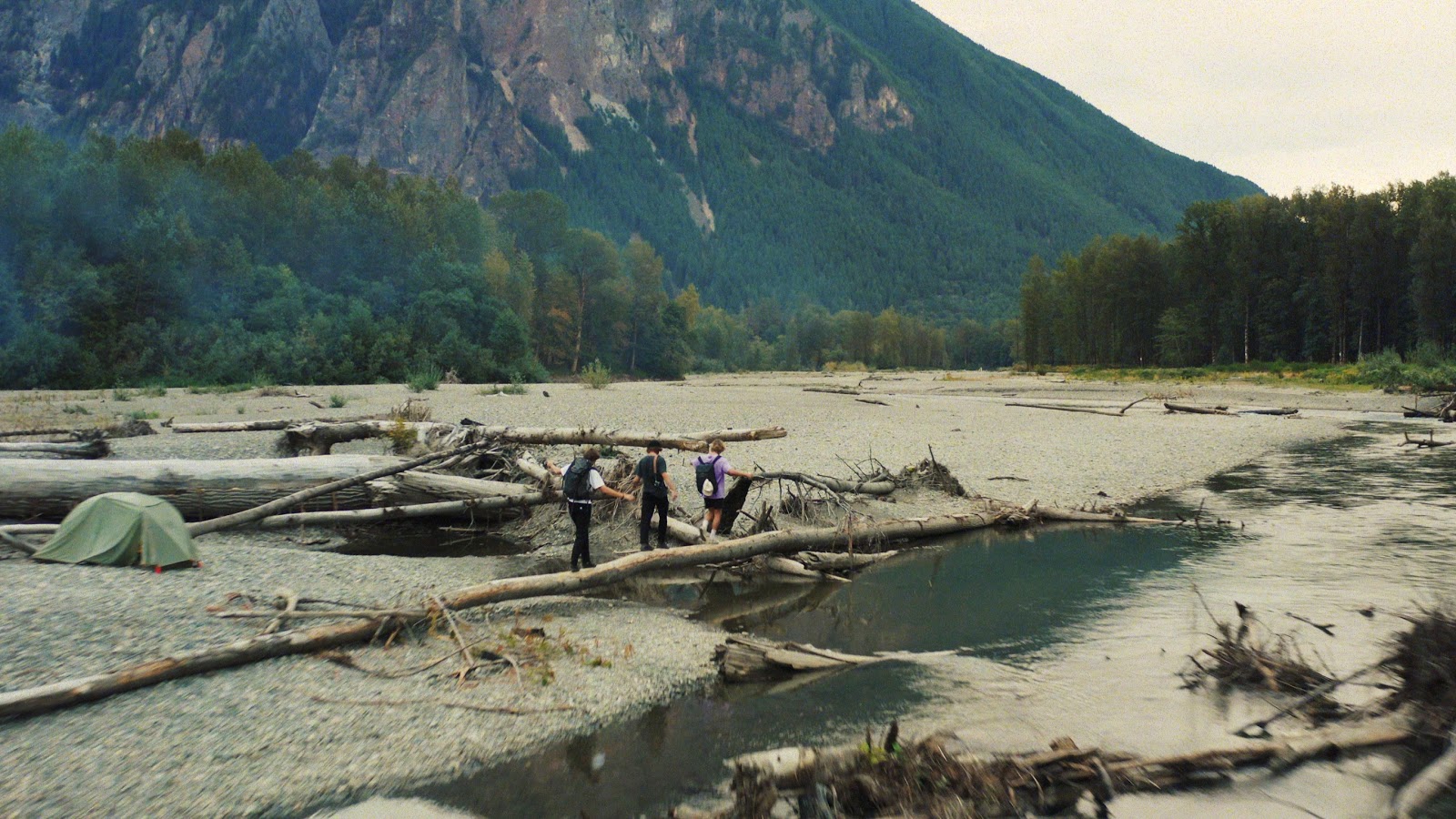
It’s no question that we value exploring and have a passion for discovering what America’s outdoors have to offer. We chase these experiences and want others to feel the same admiration for what it provides in our lives. It drove us to create nice as heck and has put us on the path that we are on today. But when I initially began enjoying the outdoors more and more, I, like many of you, didn’t understand the implications of my behaviors outside. I kind of just jumped right in and never thought about my impact to the environment I was entering. Although this isn’t bad, it took me some time learning from others as well as searching online to fully understand how to best minimize my impact while outdoors, especially in our national and state parks. I was fortunate enough to have an older role model and friend who walked me through the best practices while outdoors, and understanding how much humanity actually impacts these ecosystems. It is these lessons he shared with me that I want to share with you to begin thinking about your impact and bring awareness to these problems. The outdoors can be intimidating and learning to minimize personal harm to the environment is difficult to understand unless you actually do it. This is why I want to share these practices here so that you have the knowledge to go outdoors safely and ethically.
As mentioned in our blog post Diversity in America’s Public Lands, there were over 300 million visits to national parks in 2018, and with all these people comes millions of tons of trash, heavy traffic to trails, and in extreme cases, wildfires. These negative impacts are why we need to undo these bad habits. As more and more people flood into these public lands, many arrive with inexperience and a lack of awareness. Therefore, by sharing this information, we can overcome these problems and educate others. The first step to understanding our impact when we go outdoors is to respect the environment. By entering these beautiful outdoor spaces with awe and respect, we will automatically think about our actions more. Once we have this respect, we can then educate ourselves on practices for anyone visiting the outdoors that will leave minimum impact to the environment. The Leave No Trace Center for Outdoor Ethics provides an easy to understand framework for some of these practices, which I will be breaking down in this article. This framework is meant to be broad, but should be applied to the specific circumstances you are in and the type of environment. In addition, with changing environments and changing habits, this framework is not static, and people should continually reevaluate best practices. Having this foundation though will provide the first step towards understanding human impact and breaking down these bad habits. I made this infographic to break down these seven principles, but feel free to visit Leave No Trace’s website for more information.

Work Cited
Hanna, Amber, and Justin Moralez. “Don't Be Trashy: Reducing Your Footprint in National Parks.” National Park Foundation, Jan. 2020, www.nationalparks.org/connect/blog/dont-be-trashy-reducing-your-footprint-national-parks.
“Leave No Trace for the Outdoor Workplace” Pg. 1-4. Leave No Trace Center for Outdoor Ethics, https://lnt.org/research-resources/leave-no-trace-for-the-outdoor-workplace/
